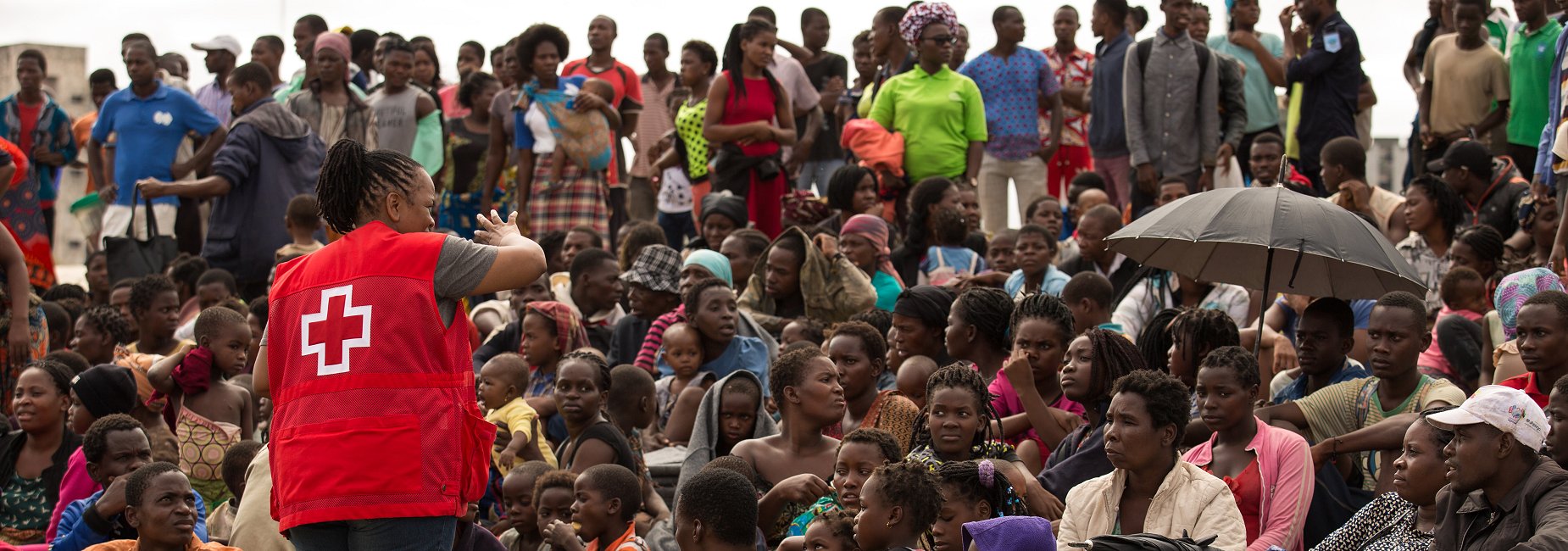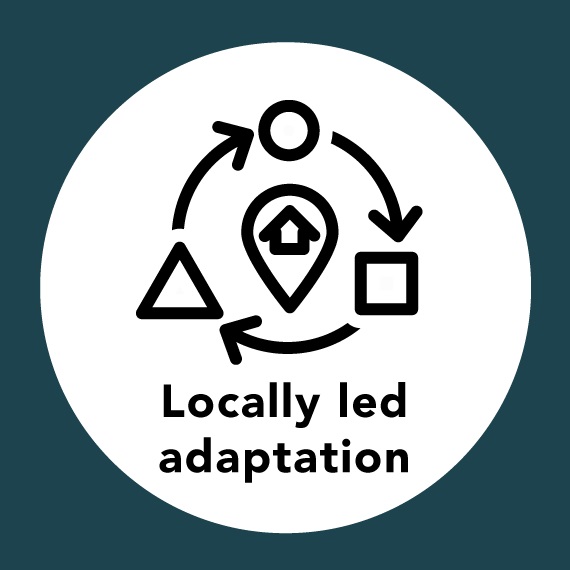
Support to the Red Cross Red Crescent Movement
Toward meaningful action on climate
The central part of the work of the Climate Centre will be support to the Red Cross Red Crescent Movement, and we have identified two flagship themes and a selection of priority areas of growth (infographic below), as outlined in our Strategy 2021–2025.
The Climate Centre will continue to support the Movement Ambitions to Address the Climate Crisis (see below), the IFRC’s Strategy 2030, its Plan and Budget 2021–2025, and its climate-related priorities, as well as the climate priorities in the ICRC’s Strategy 2019–2022.
One flagship theme is the accelerating drive to a strategic shift toward anticipatory thinking and action: approaches such as forecast-based assistance have remained relatively small-scale, but our vision is to make them a key modus operandi for humanitarian work and risk-informed development.
Secondly, heatwaves, the so-called silent killers, are getting stronger and more frequent, felt most acutely in urban areas where two-thirds of the world’s people will live by 2050.
We believe experience shows heatwaves are largely predictable, and many of their adverse effects are preventable with simple, low-cost actions. The Climate Centre will support the IFRC’s 2025 goal to ensure that 250 million people are covered by good heat action plans and/or early warning in at least 150 cities and towns.
Strengthening Movement youth engagement to take meaningful climate action through action and advocacy is one of our five thematic areas.
Helping vulnerable urban communities understand and adapt to the climate risks they face, including the heat danger, is another, alongside equipping National Societies with the tools they need to foster urban climate action at scale.
Then we will look at what has become known as the climate-conflict nexus by working with the ICRC and its delegations to help communities manage future stresses caused by this combination.
We also plan to make social protection responsive to climate while reducing poverty and vulnerability.
Finally we look to scale up Virtually Amazing, making virtual engagement a new norm for the humanitarian sector and obviating the need for carbon-intensive travel.
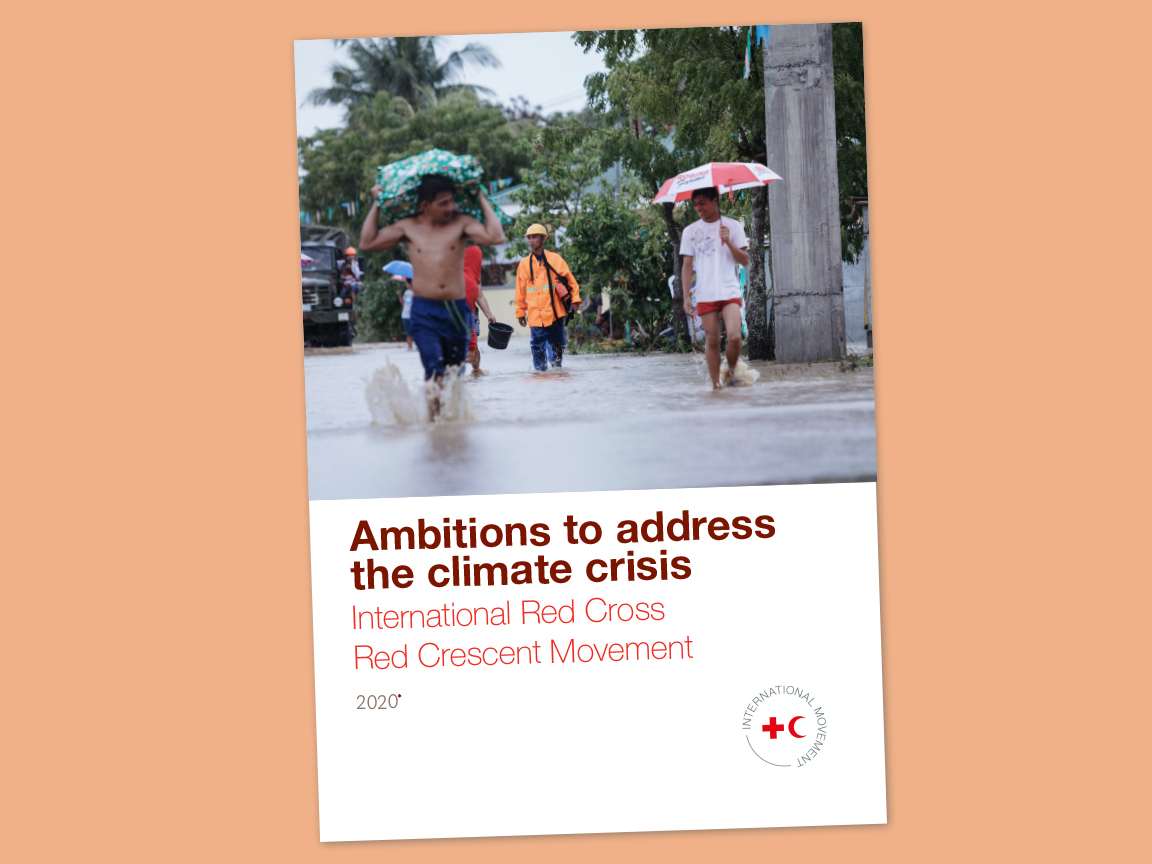
Our goals
The Climate Centre is the principal technical resource to achieve the Movement ambitions on climate change, published in 2020, providing scientific analysis and guidance, developing and supporting the use of tools and guidance material.
It also serves as an innovation and research hub, generating ideas and approaches to support the management of climate risk within and beyond the Red Cross Red Crescent.
Read moreFlagship theme: anticipatory action
The Climate Centre’s Strategy 2021–2025 includes the vision of making anticipatory action a key modus operandi for humanitarian work and risk-informed development.
The 2022 Council of the Delegates in Geneva resolved to scale up anticipatory action to better assist people in vulnerable situations and build on the role of the Red Cross Red Crescent as a champion in this area.
The resolution – Strengthening anticipatory action in the Movement: Our way forward – was initiated by the IFRC, the ICRC, the German Red Cross and the Climate Centre.
(Photo: an early action protocol for floods is activated in Ecuador)
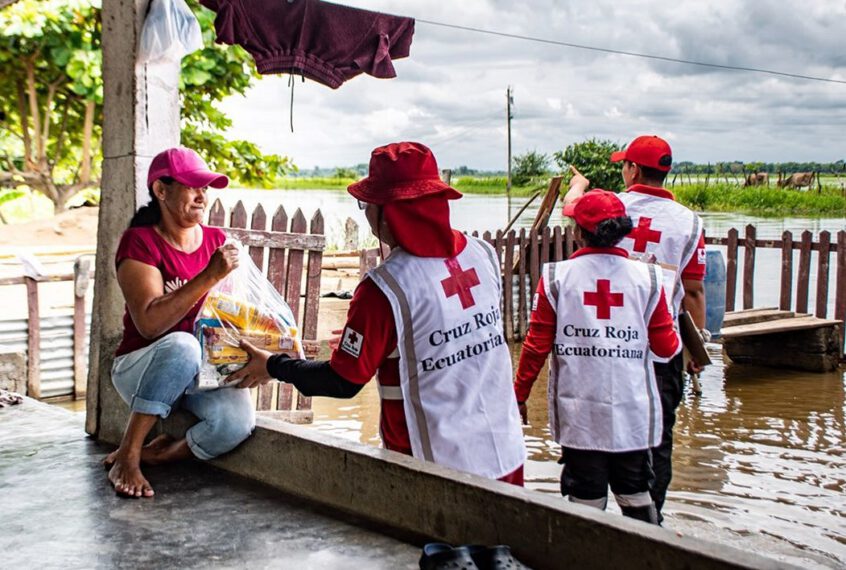
Flagship theme: heat
In 2022 the IFRC launched the global Heat Action Day, saying that people living in cities are most severely affected by extreme heat because urban areas are warmer than the surrounding countryside, and getting hotter due to climate change.
Not only are the fingerprints of climate change clearest on heatwaves, however, but they are forecast days or even weeks in advance, giving ample time to act early and protect the most vulnerable. The good news is that there are simple and low-cost actions authorities can take to prevent unnecessary deaths from heat.
(Photo: the first activation anywhere in the world of a DREF early action protocol for heatwave came when the IFRC released nearly 350,000 Swiss francs for the Red Crescent to assist nearly 14,000 people in Kyrgyzstan)
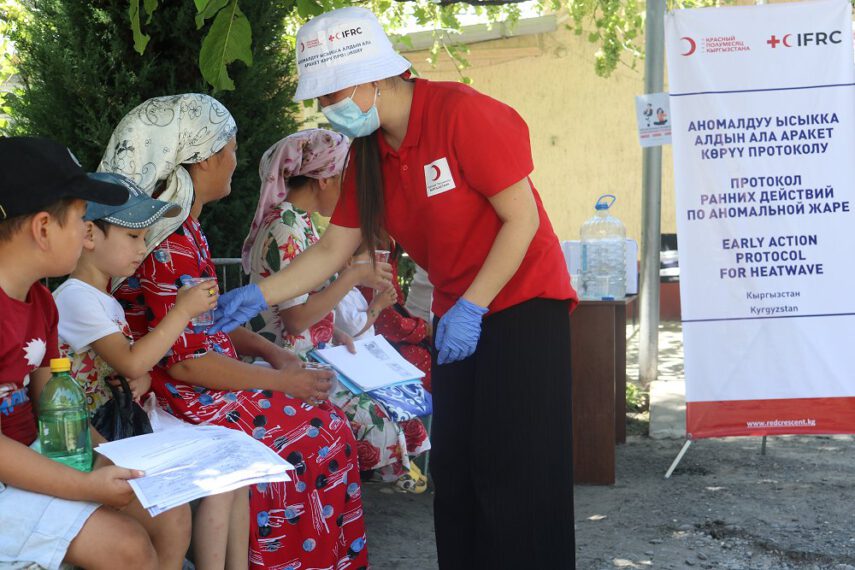
Climate action journey
The IFRC has now outlined the full seven-step climate action journey – summarized in English, French, Spanish and Arabic – that has been trialled by the National Societies of Malawi (photo), Nigeria and Pakistan and encompasses climate-smart operations and, the end goal, locally led adaptation.
The first three steps were published in 2023 in A guide to climate-smart programmes (also in summary form); the last four – climate strategy, engagement with communities, locally-led adaptation, and implementation – are detailed now in a new brief, The importance of scaling up locally led adaptation, to be expanded later in 2024.
Follow the journey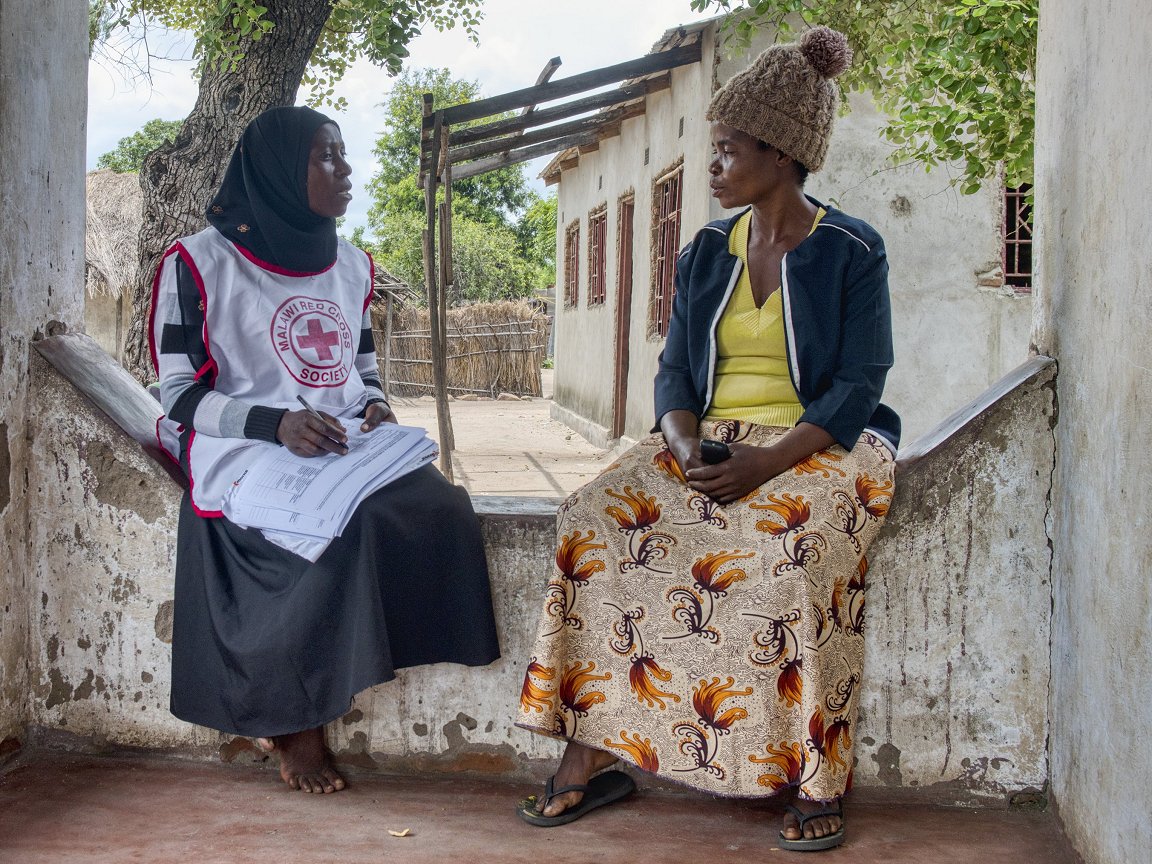
A coffee with Julie Arrighi
Join Julie, Climate Centre Acting Director, at the IFRC offices in Geneva for a tour d’horizon of why extreme heat in cities is subtly different (and actually more extreme) than outside them, and what National Societies around the world are doing to address the danger.
C40 Cities
